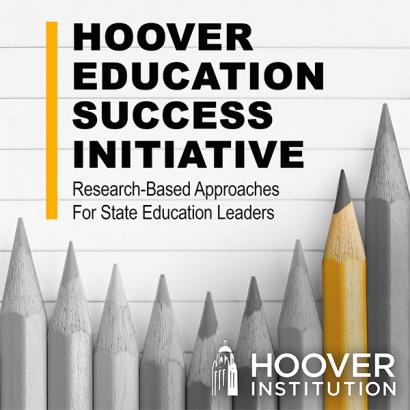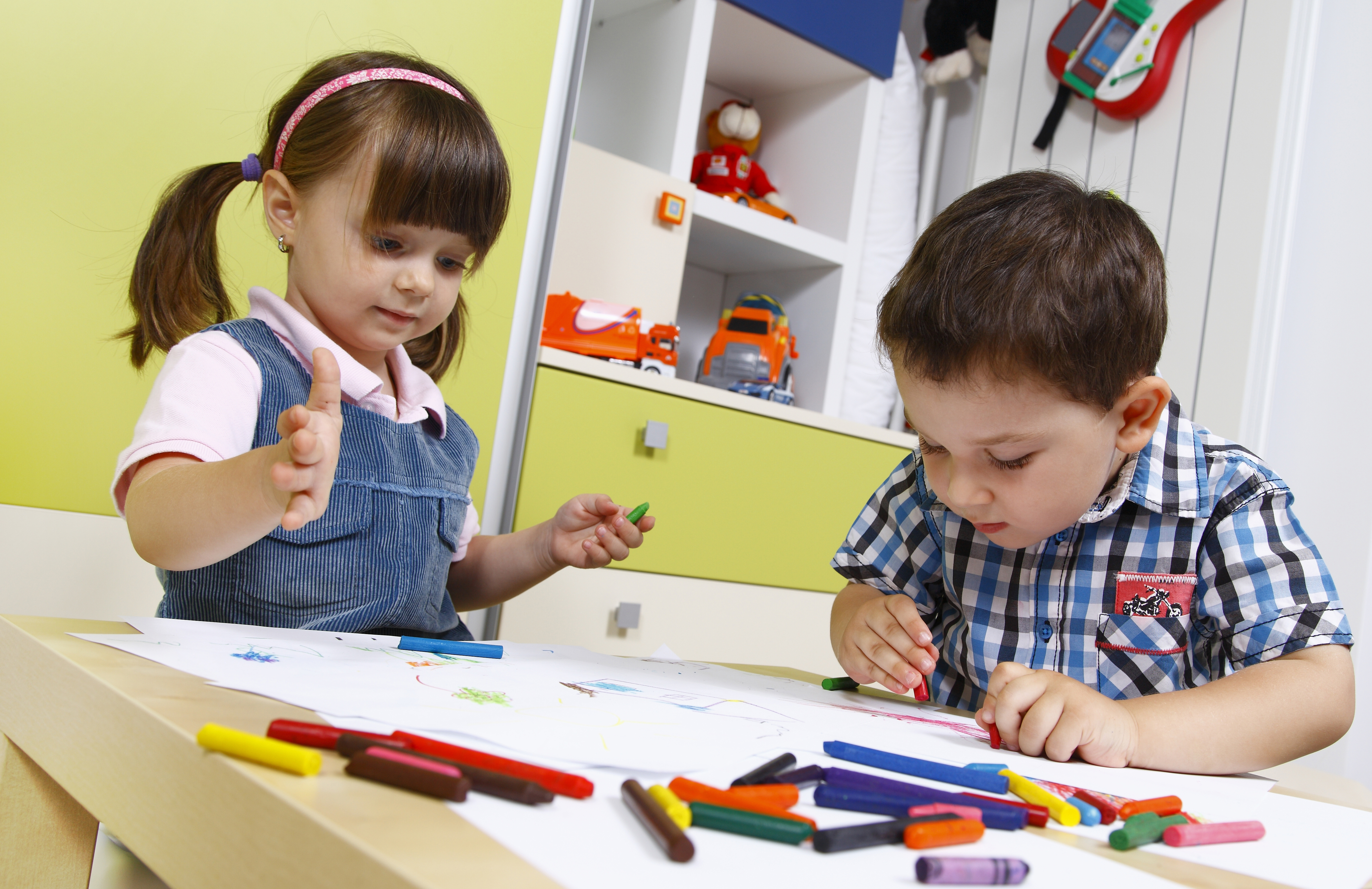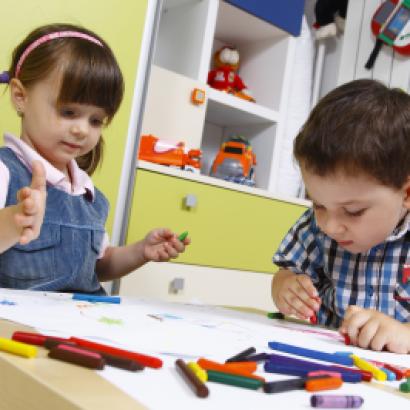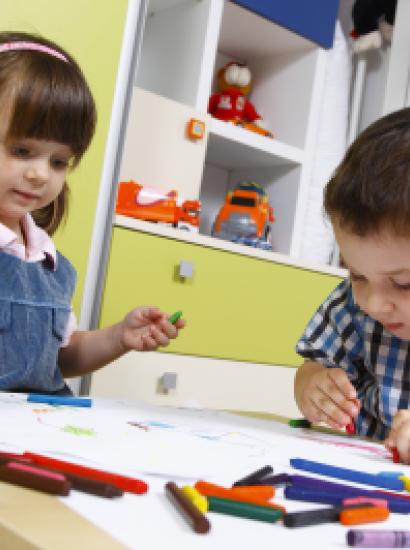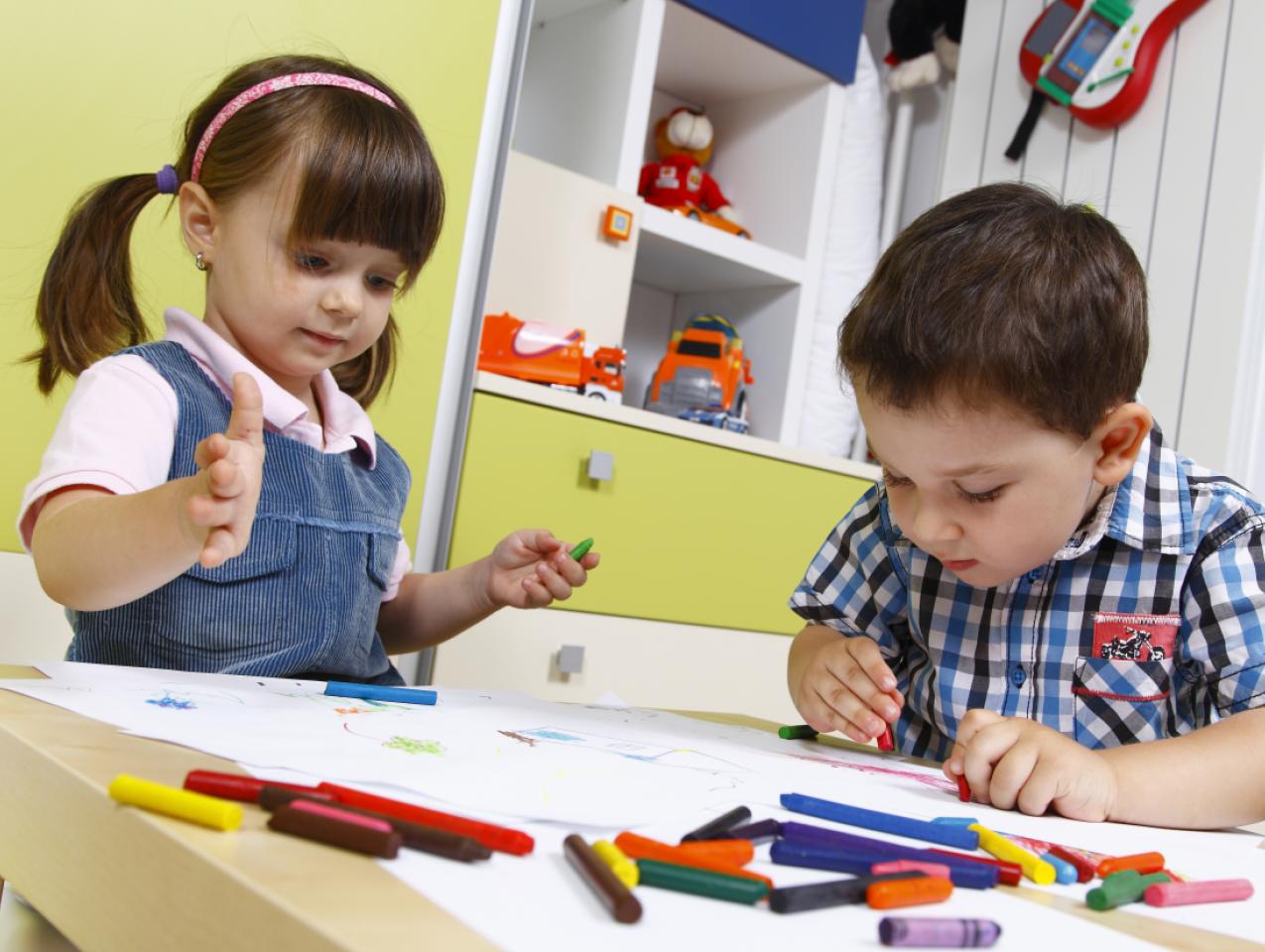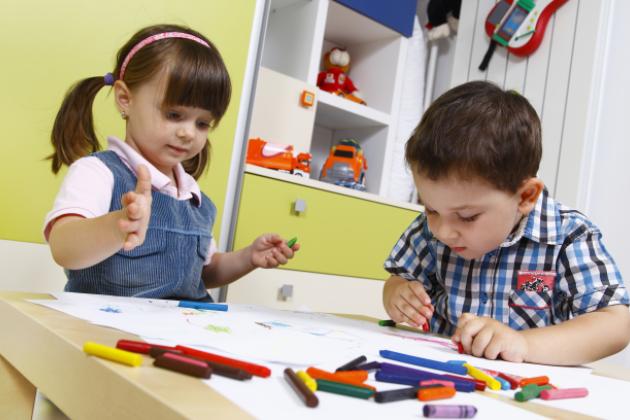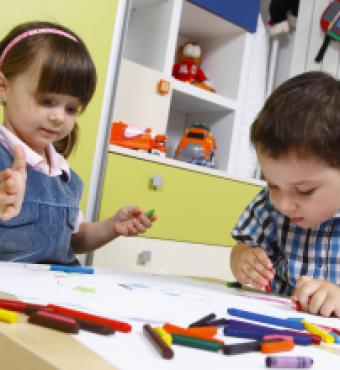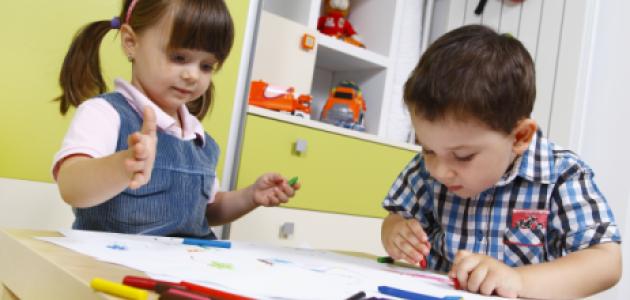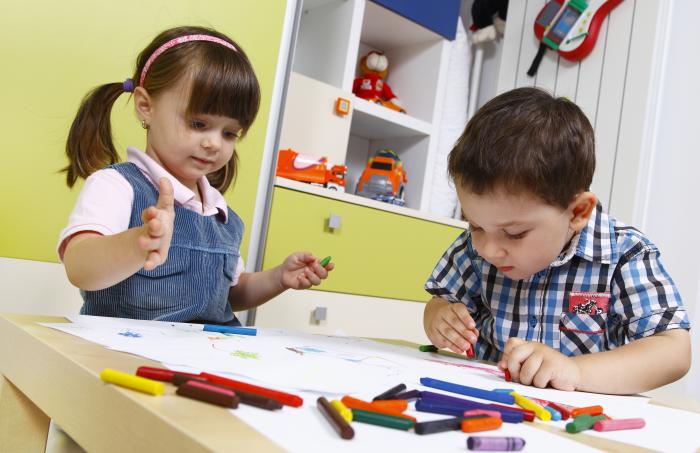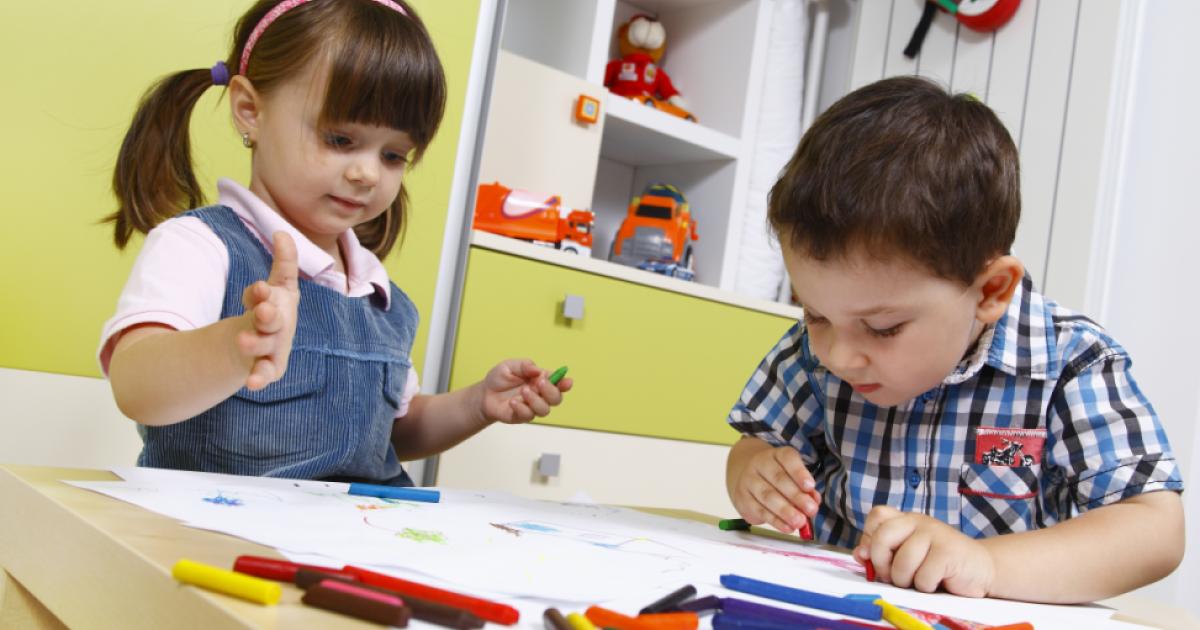This interview focuses on a chapter from A Nation at Risk +40, a report by the Hoover Education Success Initiative (HESI) that looks back at the birth, struggles, and future of the modern school reform movement. (Download the publication here.)
Deborah Stipek is an emeritus professor of education and former dean at Stanford’s Graduate School of Education. She studies early childhood education with a particular focus on policies affecting quality and accessibility. Her chapter is titled “The Imperative for High-Quality Pre-K.” She spoke to Chris Herhalt about what that might look like.
Chris Herhalt: You’ve pointed out the wide disparity in costs per pupil for pre-K—some as low as $5,000 per pupil annually, others $20,000 or more. In your opinion, is it possible to operate an effective pre-K program at the lower end of that range?
Deborah Stipek: The simple answer is no. I should also explain that some of the variation is regional: the cost of living, for example, in Mississippi is much less than in California. But personnel are the most expensive part. The average preschool teacher in the United States is paid $16.85 an hour, and the median pay annually in 2023 was $37,000. We are trying to do it on the cheap in the United States. And we’re doing it on the backs of people who have really important roles in caring for our children.
The only way you could reduce costs, aside from paying staff even less, which is not realistic or appropriate, is to increase class sizes. I don’t know if you’ve ever taken care of eight three- and four-year-olds, but if you did you would know you shouldn’t increase class sizes. That would not be in the best interests of the children, and we would have people leaving the field at a faster rate than they already do. We already have a very severe workforce shortage in early childhood education.
Herhalt: You also discuss the demonstrable return on investment from quality pre-K, and it’s very significant in many cases. You cite studies reporting economic benefits to society as high as 11 to 1, and, even lower on the lower end, of 4 to 1. Do those benefits overcome the criticisms of pre-K?
Stipek: Those returns are based on very high-quality programs, higher quality than most state-run programs in this country. People are being paid a lot more than $16.85 an hour in those programs. What the studies finding those yields show is what can be achieved by investing in high quality.
Herhalt: When you discussed the evolution of pre-K since President Johnson’s Great Society, you mentioned that at times political leaders have said: “This is just indoctrinating small kids. This isn’t worth anything.”
Stipek: That is outdated. Preschool has become the norm now, with the large majority of children attending. There may be a handful of people who still believe that children should be cared for only at home. But keep in mind that if they’re cared for at home, one of the parents has to be home, which is usually the mother. This takes women out of the workforce. We need women in the workforce, and they want to be there. So, it’s not a criticism that I hear very much anymore.
Herhalt: Throughout all the chapters in this book, there are references to the US education system being fifteen thousand little villages—and that there’s opposition to the system being centralized, nationalized, or having common standards in many cases. Is there a case to be made for pre-K having national guidelines, or even a nationwide entity to administer it?
Stipek: That wouldn’t fly in the United States. Our education is mostly governed at the state level. For pre-K, it’s even more fragmented, involving a variety of private and public players.
Would I like to see national guidelines? Probably, but every state has very clear guidelines for what pre-K should look like. There are a number of levers that states have available to promote a particular kind of education. Programs have to be licensed by the state, and there are certain criteria that need to be met to get licensed. Pre-K teachers in California have to obtain a permit; in most states it’s called a credential, similar to K–12 teachers. Teachers in transitional kindergarten in California are required to have a regular multiple-subject teacher credential, the same as for elementary grades, plus some training in early childhood education. So, there are ways to steer programs in a particular direction without having national requirements.
Herhalt: Of the metrics used to define high-quality pre-K, you cite teacher accreditation, program monitoring, curriculum guidance, and other variables. Which of those stand out, in your opinion?
Stipek: Teacher accreditation and support. The quality of children’s experience depends mostly on the teachers’ skills—and not just the skills they develop before they begin. Regardless of the amount of training you get pre-service, before you begin teaching preschool, you aren’t really 100 percent prepared to be an expert preschool teacher. Additional, on-the-job support is needed to be a highly effective teacher at any level.
The demands of your job may also change. You may start out with a particular population of children, and it changes. So now you’ve gone, for example, from all native English-speaking children to a large proportion of dual-language learners. Or the cultural backgrounds of the children may change. Technologies change. We need a teacher workforce that is flexible and has ongoing opportunities to continue learning.
Herhalt: You write about the dual roles of pre-K: first, to begin the socialization of children before their formal entry into the school system, and second, to introduce basic academic skills. You can’t have a good preschool without both of them, right?
Stipek: Correct. Both are really important in early childhood, as they are in later childhood as well. But we take the social development more seriously in early childhood education.
The one controversy that still exists to some degree is whether preschool should focus primarily on play and social development or on developing children’s foundational academic skills. From my perspective, it’s a false dichotomy. Social skills’ development can be woven into learning activities—math games, for example, can involve turn-taking. Moral stories can be woven into the books that are read to children. And a lot of academic learning can be integrated into everyday routines, such as when the teacher says, “Guess which number I’m thinking of, between 13 and 15,” while the kids are lining up to go outside. Or “How many orange slices do you have?” while they’re at snack time.
But it takes a lot of skill to weave social and academic support together and to make the academic learning for children truly joyful and playful. When you’re paying only $16 an hour to people who are doing this work, it’s hard to require more training than we already do.
Herhalt: How is early childhood education rebounding after the disruptions caused by COVID-19?
Stipek: Very slowly. A lot of programs closed during COVID, and many people left the field. So, there’s a very serious teacher and program shortage. If you ask your friends, you are likely to find that some are having trouble finding a space for their child.
Herhalt: How do you keep a high-quality pre-K program from devolving into a slightly more regimented form of day care?
Stipek: Programs have tremendous discretion in what they do. But as I mentioned before, the state does have some levers to influence the licensing of preschool programs. Every state also has specific standards for what children should learn in preschool, just as we have them for K–12, and preschool teachers need to get a permit or a credential for pre-K in California and in many other states.
There are many ways to guide programs in a particular direction. My concern is less that it’s going to be day care—mostly play—and more that it’s going to be overly academic and too teacher-directed. There’s evidence that in some places preschool-age kids are sitting at tables filling out worksheets rather than engaging in the active, joyful, playful learning that we know works better for children.
I want to add, too, that the distinction between preschool and child care is disappearing, primarily because most parents of young children need full-day child care to be able to be employed. Most all-day child care programs include some time for teacher-guided learning activities and some time for play (and naps).
In addition, most half-day preschool programs offer wraparound services for child care. Children continue to be supervised, often by a different program, such as the YMCA or a community program, in the afternoon when they’re not in the more structured preschool.




